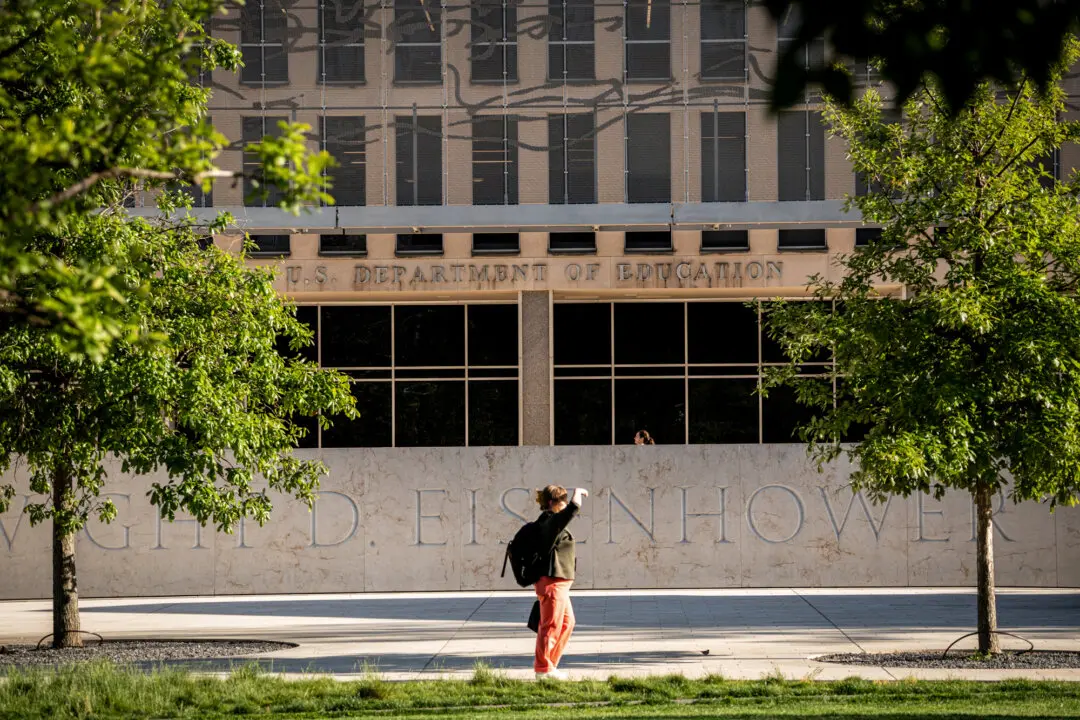Math scores of American 15-year-old students in last year’s international test dropped sharply compared to those recorded before the COVID-19 pandemic, but reading and science scores didn’t change much, according to data released Tuesday.
The data reflects the results from the latest Program for International Student Assessment (PISA) test, completed in the fall of 2022 in 38 mostly industrialized countries and a total of 81 school systems worldwide to compare how well their students perform in math, reading, and science. The test is administered every three years, with a special focus on a different subject each time.





